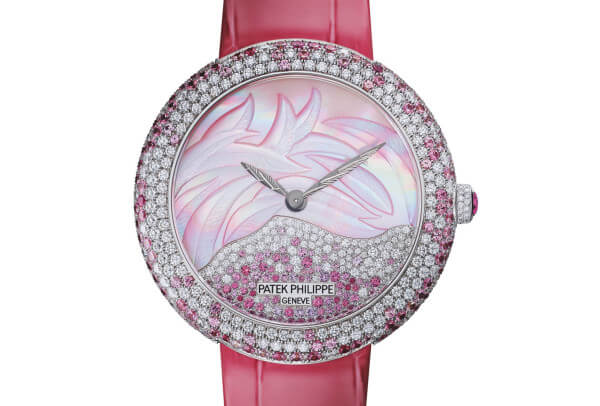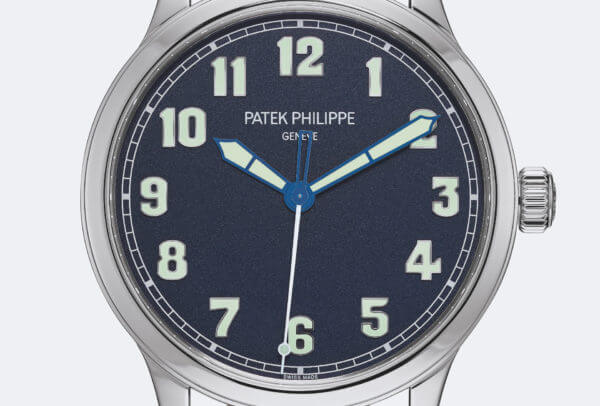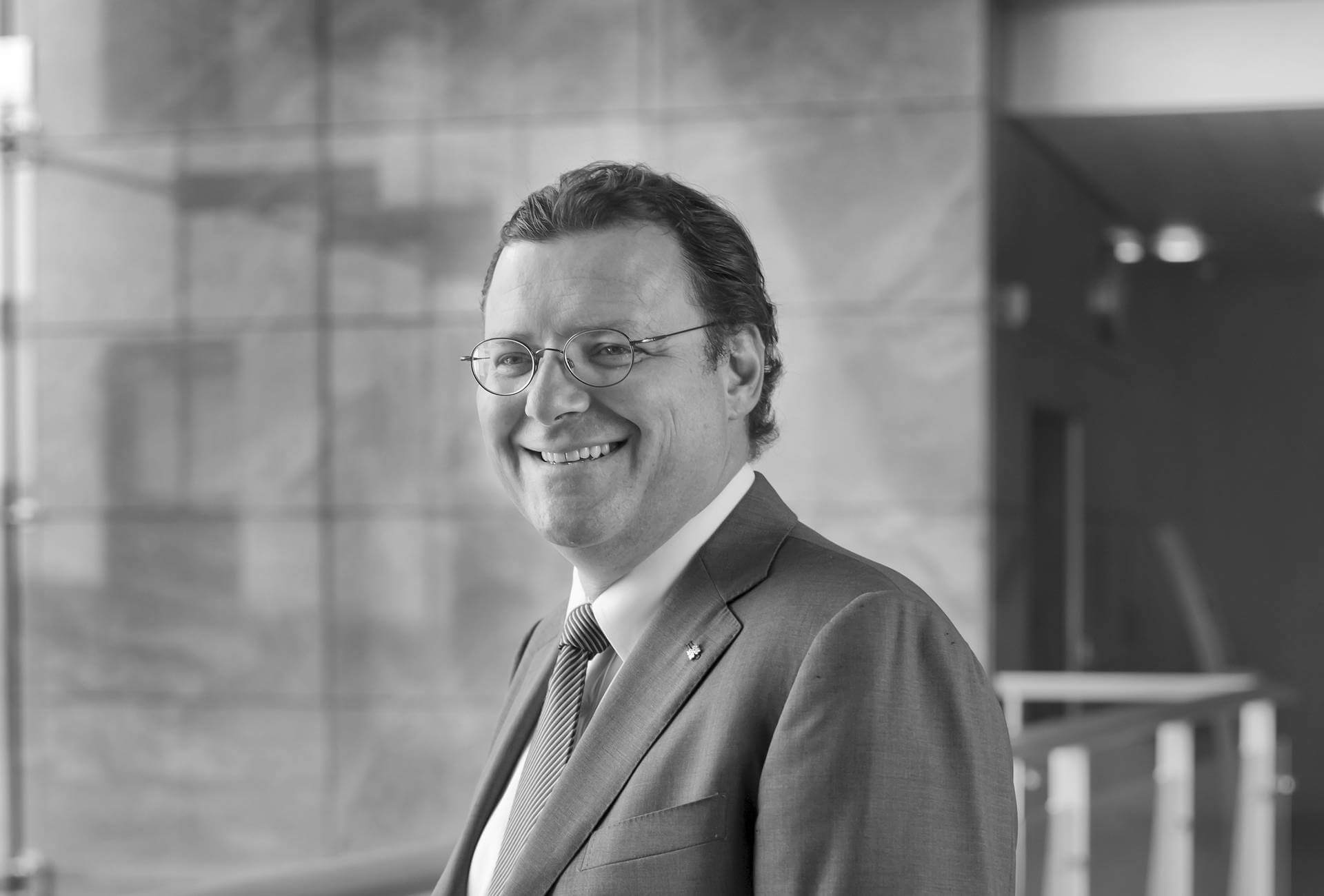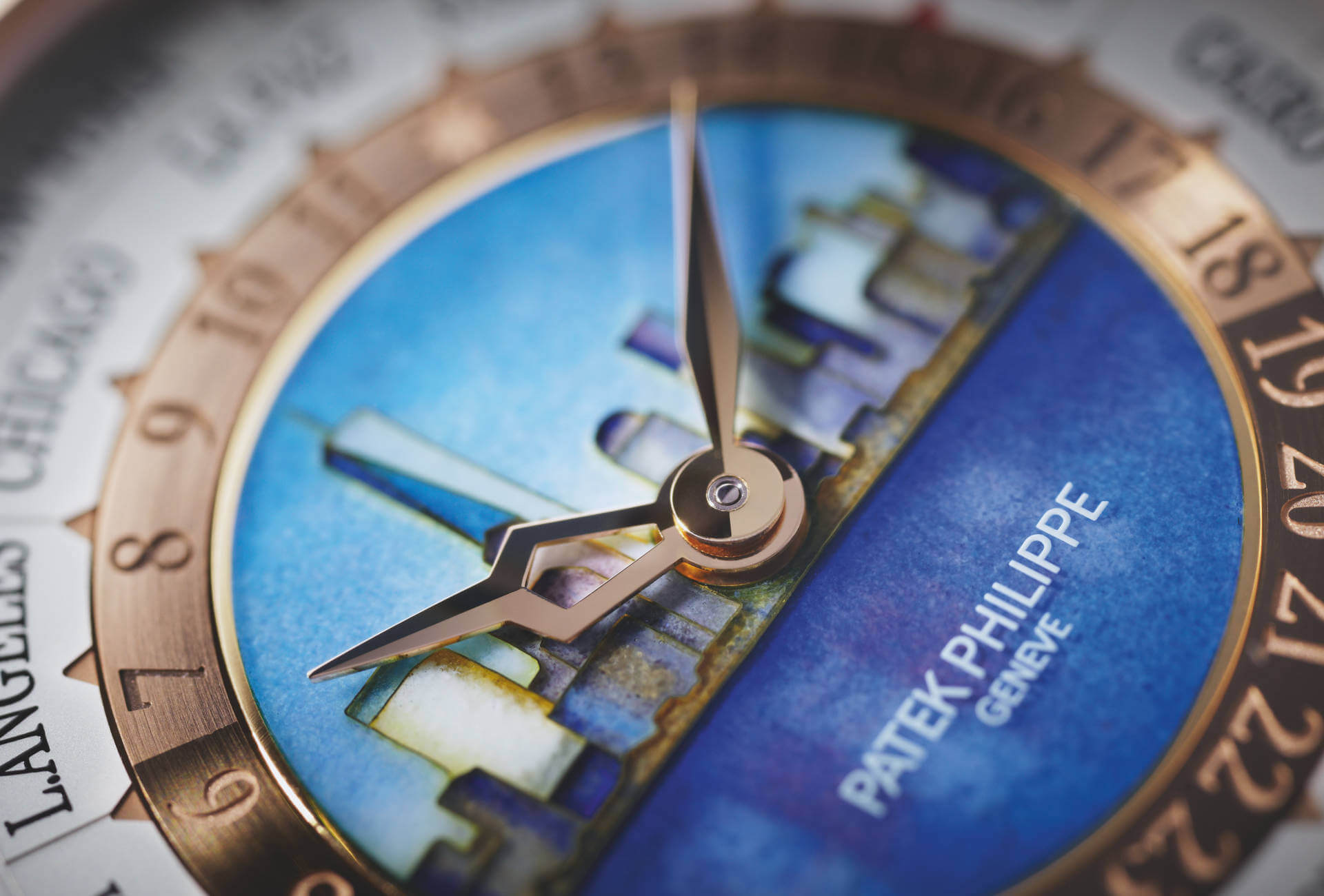The exhibition is housed in a two-story space that was custom-built inside Cipriani 42nd Street in New York City, and runs from July 13 to 23. It aims to lift the veil on the world of elite watchmaking by recreating the experience of visiting the Patek Philippe factory, museum and salon in Geneva.
We want to show that Patek Philippe does everything in-house, and by doing so build trust in the brand. A lot of companies today are promoting watches, but they are not true manufactures; they are only assembling components bought elsewhere. We want to show that we have been here since 1839, and in the United States since 1850, so we have a lot of know-how. Many brands today are trying to diversify and make other products. Patek Philippe is a watchmaker. We can restore our old pieces, and we can innovate with new technology. People will come here and see that there are 17 calibers, and that those 17 calibers can go up to over 40 different variations. That’s quite a lot. They will think, ‘those people in Geneva, they never stop.’ Then we have the rare handcrafts. We are still able to produce something with engraving, marquetry or enamel, mostly in limited series, and for collectors, that is a must. What we do here is what we do in Geneva. So it builds trust for the brand. We can show there is history behind it. The wonderful thing is that I can show pieces that were made for famous people – we keep all the archives. So I can confirm that yes, this one was owned by Joe DiMaggio, or John F. Kennedy… this is fantastic, this is part of the history of the brand. When I see these pieces I think to myself, ‘Thierry, you better not mess up with the brand, because those people trust you’.
My goal is to be 60% men, 40% ladies, and today we are more 70/30, so we have to increase that a little bit.
That’s a very difficult question! Design-wise I like the one with a weird shape, the one owned by Asa Griggs Candler [the Coca Cola magnate from Atlanta. The watch is Ref. P1568, with an elongated tonneau case and engraved bezel]. On the technical side, I would say that the Henry Graves and the James Packer complications are quite amazing. Those two guys were creative, demanding, and they were visionaries. To ask for something that doesn’t exist, to be able to compete at this level, it’s not only about money, it’s about your own creativity. Today, we wouldn’t create special movements for collectors like that. It would be impossible. I would have to assign the whole team of engineers and the production department to just one movement. But to be frank, each watch we are making is already unique; we only make a few pieces a year.
Because it was being offered at such a high price. It is a beautiful piece, and yes, it is very rare, but don’t try to overprice it. People think, well, I can sell it for five times the price. I wish it were true for every Patek Philippe watch, but you also have to be realistic. It’s not five times, maybe three times.
My goal is to be 60% men, 40% ladies, and today we are more 70/30, so we have to increase that a little bit. It’s not easy to find the right pieces because for men, it’s a lot about the technical aspect, and for women it’s more about design. I believe Sandrine, as a woman, is a good judge. I can design a ladies’ watch, but as a man. When she designs a ladies’ watch, she designs something she could wear. And she has good taste.
The movement is the secret. First you have to be able to produce very fine, ultra-thin movements. That is something Patek Philippe has. The Caliber 240 is so tiny, so perfect – it’s slim but not fragile. It’s also an automatic movement, and that’s important. It used to be more about quartz for ladies but after all these years, that is changing. Quartz now represents only 12% of our production, and most of that is the Twenty-4. Today, more women are willing to wear an automatic.

I’d say there are three types. First there’s the woman whose husband has worn a Patek Philippe for years, and who thinks, I’d like to have a nice automatic watch too. I’ve seen my husband wearing his, I understand it and I like it, but I want a ladies’ design. Then you have the woman who gets the technical side. She is successful and doesn’t need anyone else to give her a watch. Maybe she already has a quartz watch and now she wants something different. She is the one looking for a complication, a chrono or something like that, but with a ladies’ fit. The third type is the next-generation customer. She is also willing to wear an automatic movement, but something more simple and functional for every day, without diamonds. She’ll find what she’s looking for with the Nautilus. I have to be careful, and not change my strategy and start designing only for women. We have to propose something nice for women without losing the rest. Of these three “types”, I would say that most of our female customers are in the second group.
I’m not sure it’s really changing any more now than before. You always have to adapt. You have to innovate, otherwise you die. There is no way you can just stick with the past. The ones who are worried may not be creative enough, and have a hard time proposing something new. It’s up to those brands to move up and find something. You see groups that are launching two or three products with heavy marketing. At Basel, you’ll see 20, maybe 30 new models from Patek. Obviously that’s much more difficult in terms of production, and expensive for some brands, but they have to invest. Instead of spending all their money on something else. I mean, shareholders are nice but they take the money. Instead they should be asking, ‘How can I develop my own business? They should invest in new materials, in new research, new people.’
The watch is the star. Even me, I’m just here for a few years and then I’ll be gone, but Patek Philippe will still be there.
Exactly. The watch is the star and it will always be that way. People are important, but I don’t see why I should associate the brand with someone who is famous today, but who in two years from now may be forgotten or in jail. It doesn’t really match with the watch. If famous people are willing to buy Patek Philippe, I’ll be happy, but I don’t need to have them represent the watch. Like I said, the watch is the star. Even me, I’m just here for a few years and then I’ll be gone, but Patek Philippe will still be there.
Yes. You are just taking care of it for the next generation. And that’s how I see it. It’s my job to absorb information and to pass on the right information to the next generation. It’s my job to use and also to preserve the knowledge, the memory of Patek Philippe.
To understand the market. To travel, to listen to people in all markets. It doesn’t mean you have to do what they tell you, but you have to listen to them, store everything in your head, and try to make something that will be universally applicable. To create a watch that you will like, that the lady in, say, Singapore will like, and that the German lady will also like. It’s not easy, but that’s what my father told me: if you travel, if you listen to people, then you will be able to get to the essence of it. Of course, it takes time. When I was young, everybody was talking all the time, and it was harder to listen, but as you become more an adult, you learn how to filter all this information.

Of course. I think we all do. Luckily for me, all those mistakes were filtered through my dad. I was fortunate to be able to work with him, which isn’t always possible in a family business. He was wise enough to let me make mistakes, but when they were too dangerous, he was also wise enough to say ‘Thierry, no,’ and explain why. Now it’s the same, but sometimes I’m the one saying, ‘Dad, sorry, I understand what you’re telling me but I believe you’re wrong.’ So that’s interesting. Maybe I’m the one who’s wrong, but sometimes I think I’m more knowledgeable about the market. He’s more knowledgeable about the watches.
We produce 58,000 pieces. That's nothing, and we will not increase any more than 1% or 2% per year.
Take the pilot’s watch, for example. He said, ‘what are you doing?’ I said, ‘I believe in it. I think it’s a cool watch. You’re not going to wear it, but the younger generation will wear it, and I know a lot of collectors who will enjoy it.’ And it worked. Even the people at Basel: 50% of the press said ‘it’s a cool watch’, and 50% said ‘what are you doing?’ It’s not Patek.’ And then they’d ask me to keep one for them! The result being that the watch is very well accepted today. Demand is high and I won’t be able to supply everybody who wants one.
Not everybody enjoys Patek Philippe watches and that is something we have to respect. Anyway, with our small production if everybody wanted a Patek, we’d be in trouble! We produce 58,000 pieces. That’s nothing, and we will not increase any more than 1% or 2% per year. Patek Philippe will never be a company making 100,000 watches, that’s for sure. That’s not what I’m looking for. I aim for quality. It’s what I know and it’s what I’ve been trained for.
We wear a mechanical watch because we still understand how it works. With an Apple watch, you don’t understand. And you don’t care.
I don’t think I can compete against Apple, and I don’t want that for Patek. It doesn’t really hurt our business so we don’t need to compete. When you have annual production of 58,000 pieces, a smartwatch isn’t going to make any difference. We’ve had meetings with people from smartwatch companies who turn up wearing Patek Philippe. They say, ‘well it brings us back down to earth’ and that’s exactly what I believe. We wear a mechanical watch because we still understand how it works. With an Apple watch, you don’t understand. And you don’t care. I wouldn’t be very good at running that kind of a company, that’s for sure!












